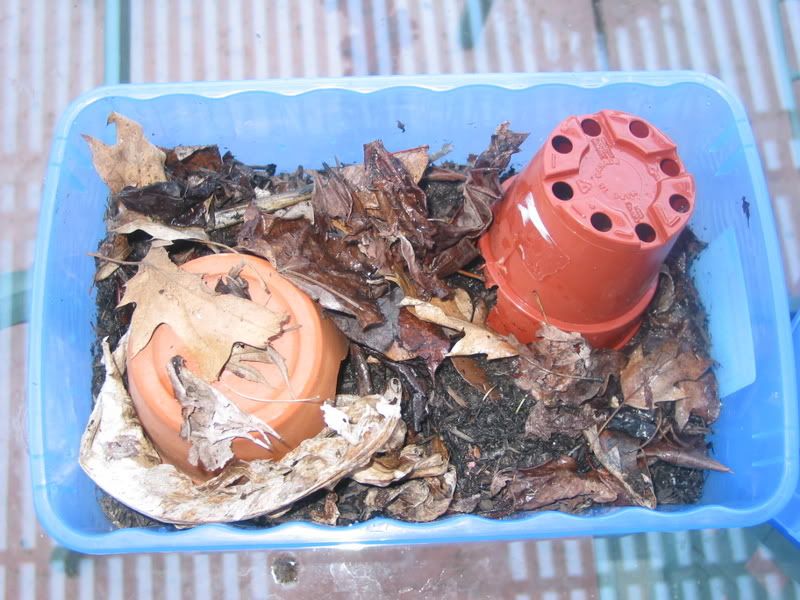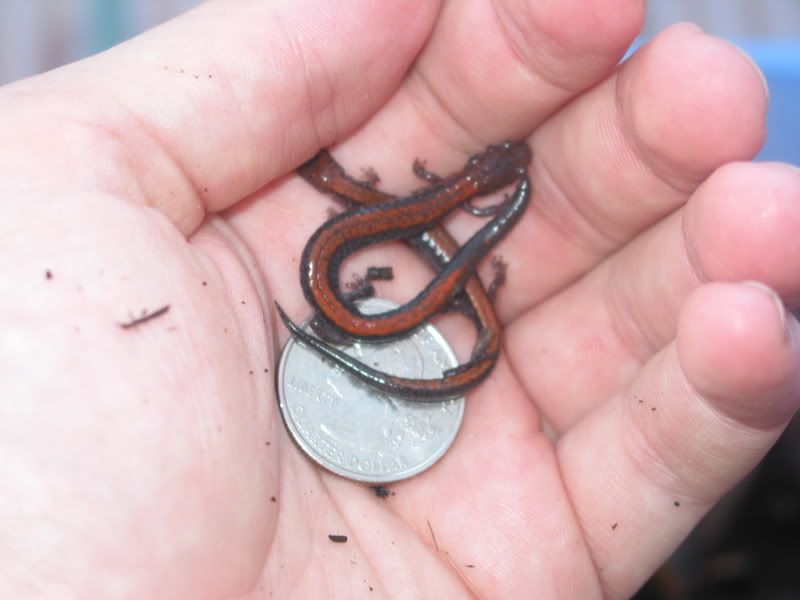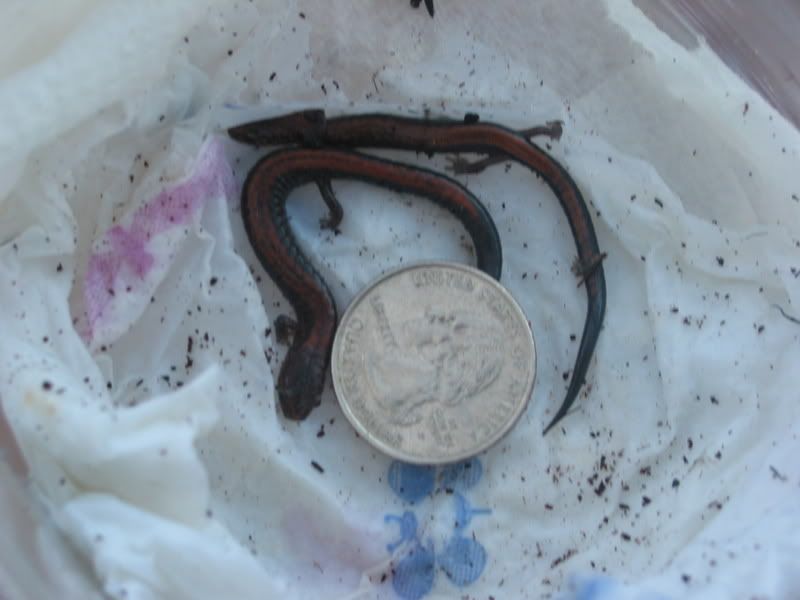Plethodon cinereus on peat moss?
At an invertebrate forum that I frequent, I came across an ad from someone who was getting out of the hobby. I was surprised to find that he had a pair(possible male/female) of this species for sale, and at a very inexpensive price. I decided to take up his offer, and I'll be receiving them tuesday or wednesday. These will be the first long term sals that I keep.
Anways, to the point. I came across this website which states that "P. cinereus, like many other amphibians, is negatively effected by high levels of acidity."
My original intent was to use a majority peat moss substrate with leaf litter. However, now I'm concerned that the high acidic content of the peat moss will have negative effects on my salamanders.
Question in short: Is peat moss an ideal substrate? If not, what kind of soil do you reccommend?
Thanks!
Andrew
At an invertebrate forum that I frequent, I came across an ad from someone who was getting out of the hobby. I was surprised to find that he had a pair(possible male/female) of this species for sale, and at a very inexpensive price. I decided to take up his offer, and I'll be receiving them tuesday or wednesday. These will be the first long term sals that I keep.
Anways, to the point. I came across this website which states that "P. cinereus, like many other amphibians, is negatively effected by high levels of acidity."
My original intent was to use a majority peat moss substrate with leaf litter. However, now I'm concerned that the high acidic content of the peat moss will have negative effects on my salamanders.
Question in short: Is peat moss an ideal substrate? If not, what kind of soil do you reccommend?
Thanks!
Andrew
Last edited:





